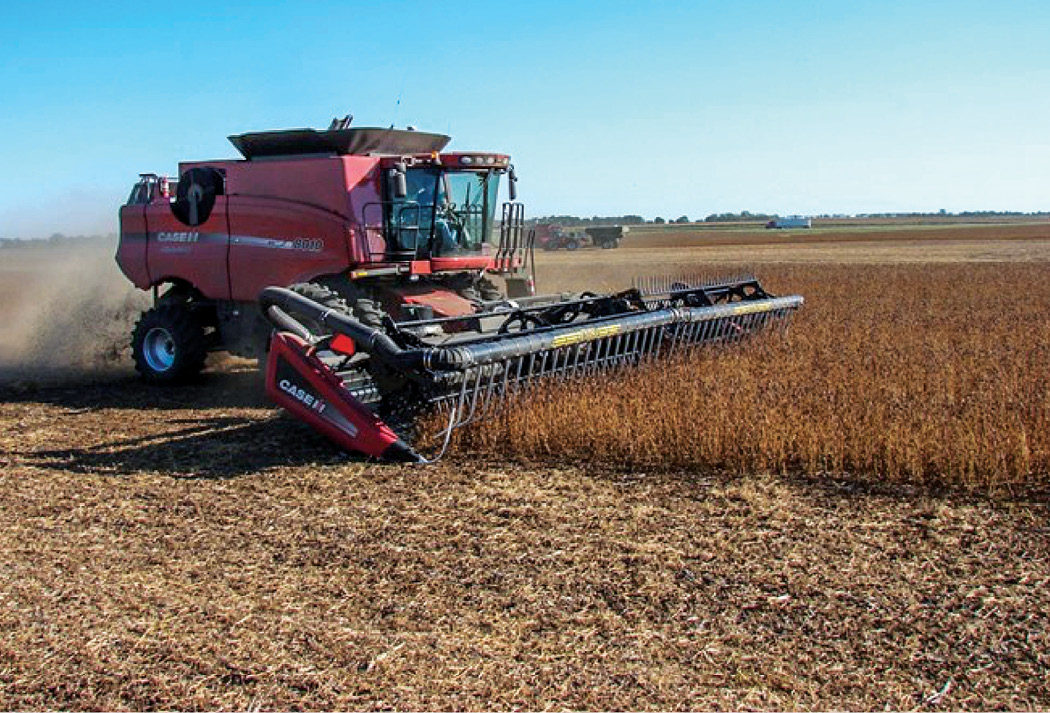No-Till Farmer
Get full access NOW to the most comprehensive, powerful and easy-to-use online resource for no-tillage practices. Just one good idea will pay for your subscription hundreds of times over.

Even with the progression of combine technology today, no-tillers can still lose a considerable amount of grain during harvest if their combine settings aren’t correct.
At the 2015 National No-Tillage Conference in Cincinnati, Calmer Corn Heads owner and Alpha, Ill., no-tiller Marion Calmer offered the following tips for adjusting your combine’s settings to leave less grain in the field, which should improve the machine’s efficiency and create more favorable seedbed conditions for the next planting season.
1 Adjust the Sickle. Most no-tillers like to cut soybeans as close to the ground as possible and that requires operators to adjust the sickle height correctly.
Calmer says no-tillers should take soybean populations into consideration because this affects the height of the pods. Research trials on his farm show a population of 150,000 had pod heights of 6 inches, while a population at 75,000 had pod heights of 4 inches.
“So when you plant thinner stands, soybeans pods are closer to the ground, therefore the sickle must be adjusted close to the ground to cut below the pods,” he says.
On Case IH feeder houses, the faceplate is adjustable and growers can loosen the side bolts and adjust a top-threaded turnbuckle to raise and lower the sickle. Lengthening…